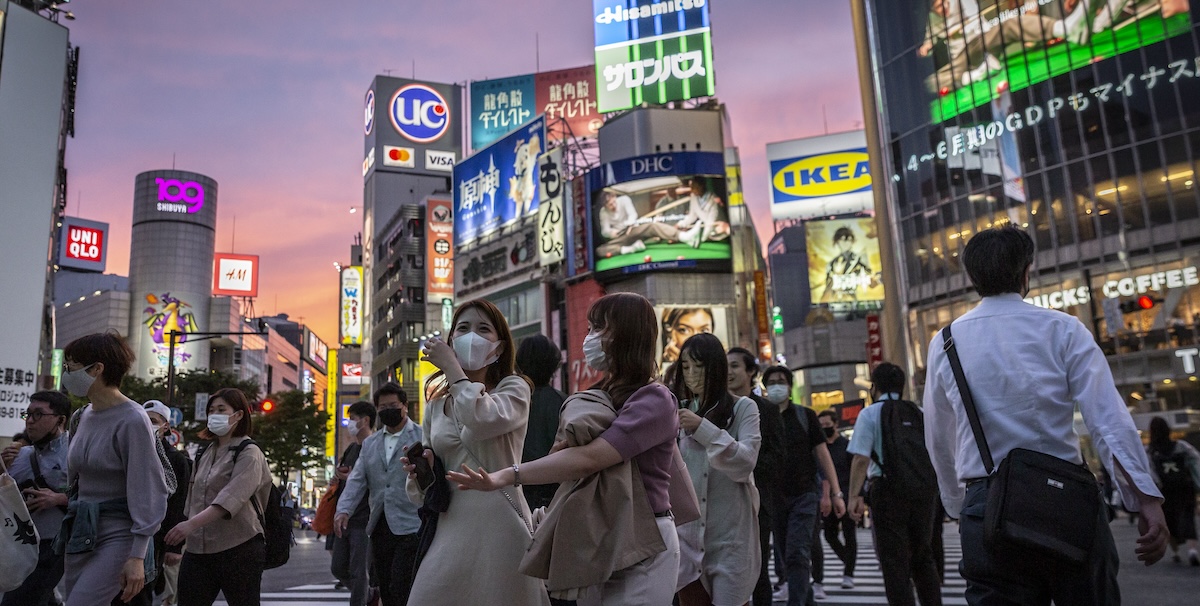Loading player
The Japanese central bank on Tuesday he announced to have raised rates in a range between 0 and 0.1 percent, from the previous minus 0.1 percent. It is the first time since 2007 that Japan has raised interest rates, which are the price at which the central bank lends money to other banks, and it is in fact a historic decision: in this way the country has concluded a long period of monetary policy in which it maintained low interest rates to stimulate economic growth, which otherwise would have remained stagnant.
Keeping rates low serves, for example, to encourage people to borrow money to buy things or invest, and thus create a virtuous circle that affects various economic sectors. It was a way to actively try to create inflation in the country (within the 2 percent limit), because it would be a sign that the economy had started to grow again.
– Listen also: Talking about money, in a nutshell
Until a couple of years ago, this policy of stimulating the Japanese economy had been more or less aligned with those of Western countries, albeit with certain differences and with much more caution on the part of the West. In the United States and Europe, interest rates were also exceptionally low, and governments implemented stimulus policies. Then things started to change.
Since the end of 2021, prices have begun to increase significantly around the world, first due to all the consequences of the pandemic and then due to the increases in energy prices due to the war in Ukraine. Counteracting the increase in inflation has become fundamental for central banks, which have begun to raise key interest rates with the aim of limiting the increase in prices.
Inflation also increased in Japan, albeit to a lesser extent than in the rest of the world. Despite being moderate, rising inflation in Japan has prompted the central bank to change strategy and raise interest rates, in hopes that the Japanese economy is on track for stronger growth in the future. The central bank justified the decision by saying that it had assessed that the country’s economy is currently in a “virtuous cycle” between wages and prices, meaning that wages have increased enough to cover the increase in prices, but not enough to reduce company profits.
However, there is a substantial difference in the causes that have determined the increase in inflation in Japan, compared to the rest of the world: the Japanese economy has in fact remained mostly stagnant, above all due to the great weakness of the yen, the Japanese currency. With a local currency that is worth less and less, it has become increasingly expensive to buy foreign goods in dollars or euros. As a result, the value of imports rose and then the cost of living.
The low growth of the economy is also due to structural factors: the population has aged and this has led to a reduction in the workforce, which in turn has had very bad consequences in terms of innovation and productivity, i.e. the two central elements to guarantee the growth.
– Read also: In Japan the stock market hasn’t done this well for 34 years
